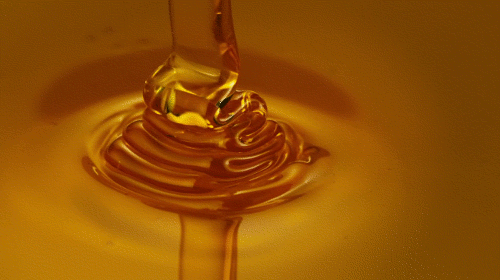Ganpati Natural Products


Ganpati Natural Products © 2015




Our Process....
Purchasing of Raw Honey from Bee Farms
In the honey season every year, samples are taken from the products of the beekeepers by our field collection staffs. These samples are sent to the laboratory. Each container is serially marked giving full details of the beekeeper and his farm location.
Sampling
Every sample is analyzed to determine the applications done by the beekeeper (whether or not the bees were fed on syrup, addition of syrup directly into the honey, application of veterinary medicals to bees, etc.). If the samples of the beekeepers are healthy and natural according to analysis results, they are approved for purchase. The products that are purchased are subject to the same analyses in order to ensure their conformity with the previously sent samples.
Processing
Filtering of honey involves following major steps Decrystalization , Filteration & Homogenization After that it again goes through filteration and cooling units.
Packaging
Finished material is packed in 300 kg epoxy coated drums Drums are coated with a food grade coating on the interior and an approved coating on the exterior. Our bulk honey division specializes in the bottling and packing of honey in industrial quantities, for use in the catering, food service and general industry.
Bee farms....
Nature's Gift
Honey gets its start as flower nectar, which is collected by bees, naturally broken down into simple sugars and stored in honeycombs. The unique design of the honeycomb, coupled with constant fanning by the bees’ wings, causes evaporation to take place, creating the thick, sweet liquid we know as honey.
The color and flavor of honey varies from hive to hive based on the type of flower nectar collected by the bees. For example, honey made from Orange Blossom nectar might be light in color, whereas honey from Avocado or Wildflowers might have a dark amber color.
Beekeepers — large and small — harvest honey by collecting the honeycomb frames and scraping off the wax cap that bees make to seal off honey in each cell.


